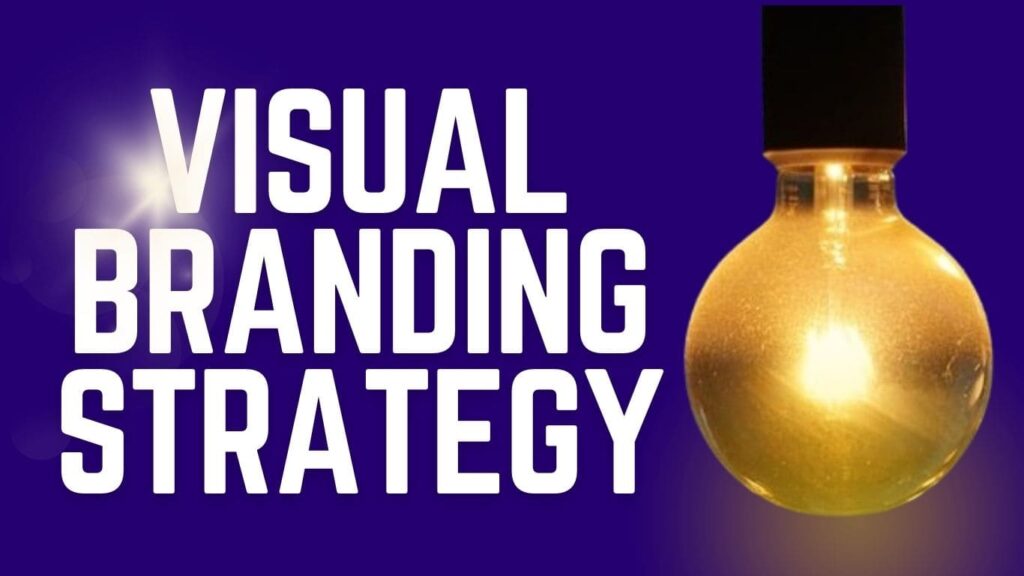My daughter Adya- a cutie pie in 1st grade, came home one day with water in her grey eyes.
The notorious smile that was always plastered on her face was not there. She was crying and her sad face made my heart melt.
“What happened darling?” I picked her up.
“I scored a 0/10 in English dictation”, she sniffled.
“No worries, darling. We’ll practice the spellings together, and next time, you’ll ace it,” I reassured her.
I made her learn the spellings from Chapter 1. Now she was confident that she would score full.
Yet again she came from school one week later, with a 0/10 in dictation.
I was taken aback.
“But we had learned the spellings, right”, I asked her.
“The dictation taken was from Chapter 2.” She replied
————————————————————————
Thereafter I took her to an English tutor and told her the problem my daughter was facing.
She smiled at Adya and then looked at me.
“Are her phonetics clear? If that is clear she will never have to learn a spelling, she will be able to recognize the spelling just by hearing the pronunciation.”
(Phonetics are the study and classification of speech sounds.)
And true to her words, 1 month later Adya scored a perfect 10/10 in her surprise dictation test from chapter 5.
————————–
Lesson Learnt:
Just as Adya’s spelling difficulties arose from a lack of grasp of phonetics, a brand’s inability to connect with its audience is frequently caused by a mismatch between its visual identity and its core values.
Understanding the ‘hows,’ ‘whys,’ and ‘whats’ is critical for creating a solid foundation for a brand’s visual identity.
We call this a visual branding strategy, which includes more than simply a logo or colour scheme—it’s about developing a unified visual identity that resonates with your target audience by understanding the company’s core values.
Today, we’ll delve into the complexities of establishing an effective visual branding strategy using a structured six-step framework.
What Exactly is Visual Branding Strategy?
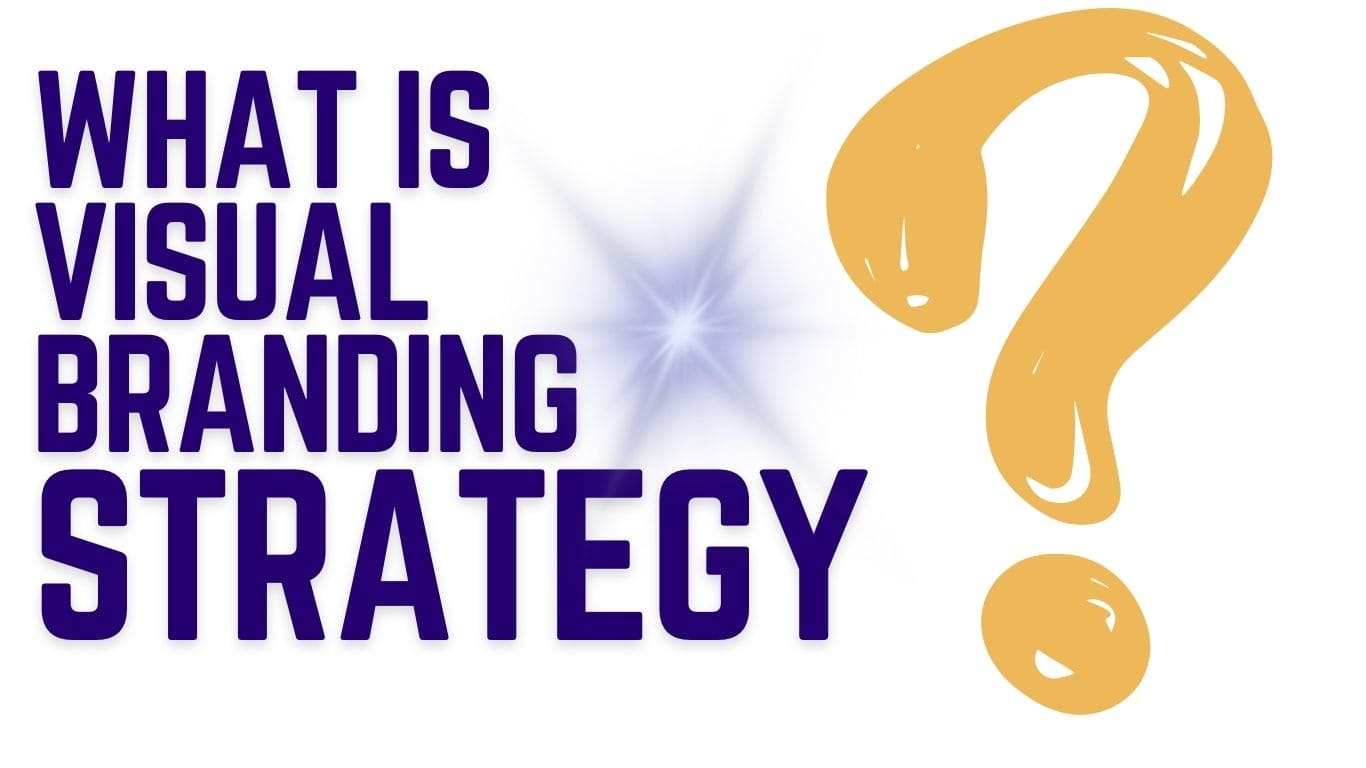
A Visual brand strategy is the conscious use of visual elements—such as colors, typefaces, pictures, and design—to convey a brand’s identity and provoke specific emotions or associations in consumers. It’s about developing a consistent and distinctive visual language that conveys your brand’s beliefs, personality, and distinct selling points.
Key Elements Of A Visual Branding Strategy
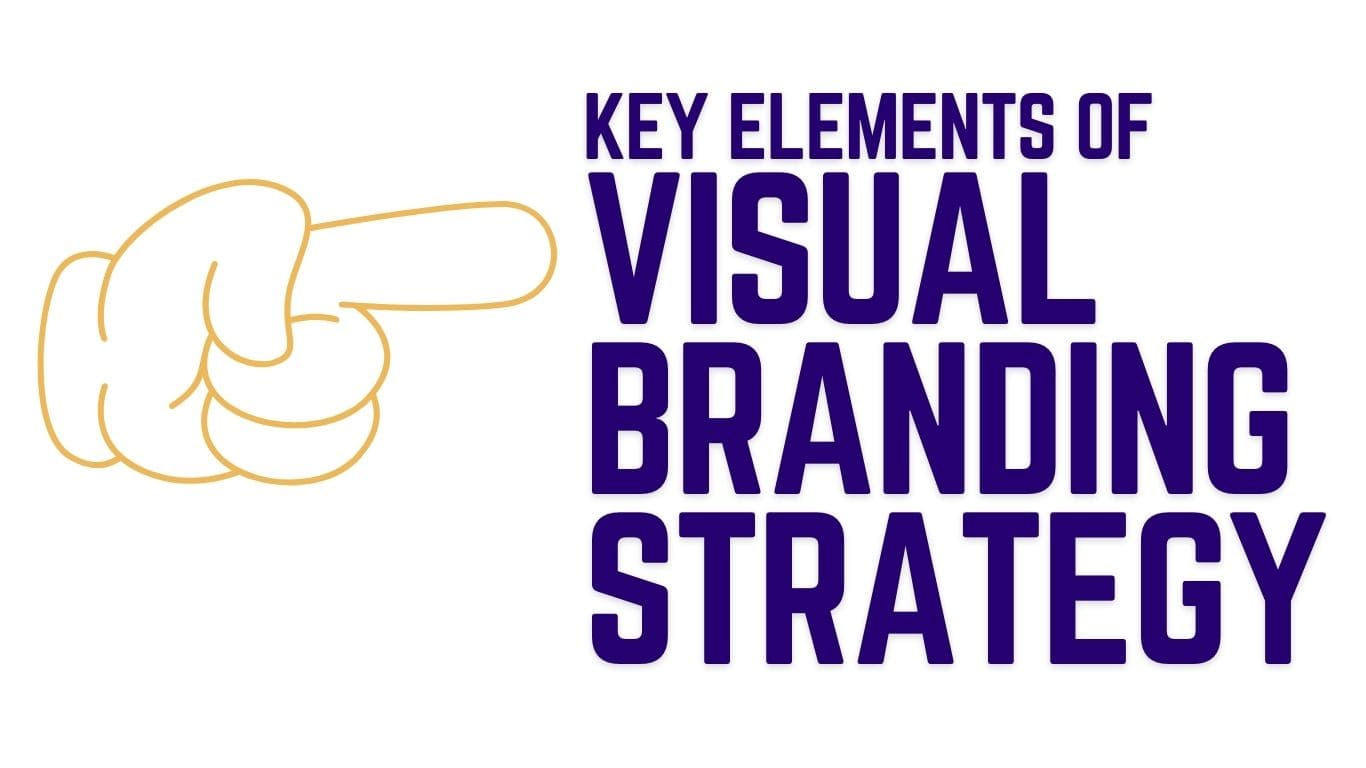
- Logo
- Color Scheme
- Typography
- Imagery
- Graphic Elements
- Packaging
- Website Design
- Social Media Presence
Why Should You Have a Visual Branding Strategy for Your Business?
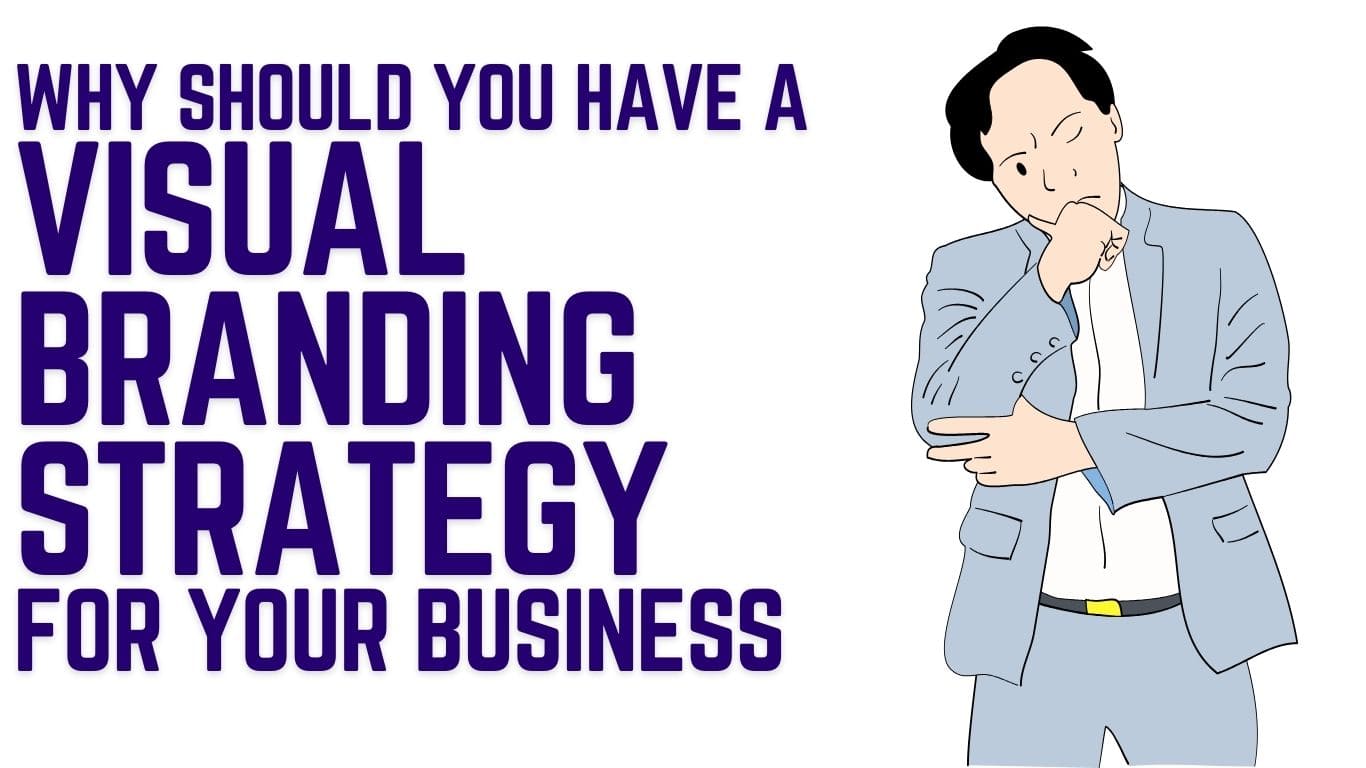
The main reasons why is visual branding important for a business are:
- Brand Perception:
Visual branding strategy significantly influences how your audience views and interprets your brand.
- Brand Recognition:
It boosts recognition by creating consistent visual cues that make your brand memorable.
- Trust and Loyalty:
A well-executed visual branding strategy gives confidence to your audience, so that they can trust you and be loyal to you over time.
- Competitive Edge:
In a competitive market, a distinctive visual identity helps your brand stand out amidst competitors.
- Messaging Reinforcement:
Visual elements reinforce your brand’s messaging, ensuring consistency across all communication channels.
- Audience Connection:
By resonating with your target audience through visuals, you can establish deeper connections and more emotional connect with your customers.
A visual branding statistics says, 90% of information transferred to the brain is visual, highlighting the importance of engaging graphics in capturing attention and effectively communicating messages.
For more info check out Branding Statistics..
How to Implement a Successful Visual Branding Strategy: A Step-by-Step Tutorial
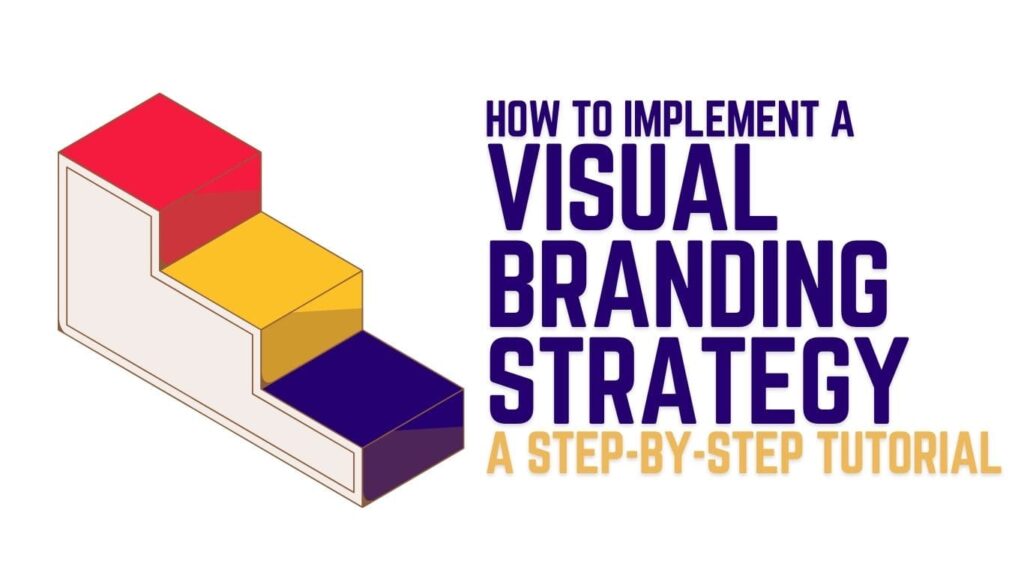
1. Discovery Phase

A thorough knowledge of your brand’s core is essential for any successful visual branding approach. This phase acts as the basis upon which all subsequent elements are created.
- Company Niche: Determine your unique market segment and what distinguishes your brand within that niche.
- Company Values: Identify the core values that influence your company’s operations and decision-making processes.
- Brand Personality: Determine the human attributes or characteristics that define your brand and affect your visual identity.
- Brand Story: Create a captivating narrative that describes your brand’s journey, mission, and attitude.
- Brand Promise: Clearly describe the value proposition and benefits that customers can expect from engaging with your brand.
- Brand Positioning: Determine where your brand sits in comparison to competitors, as well as how you want to be seen by consumers
By delving into your company, you can discover the unique brand identity that distinguishes your business. This understanding is critical because it guides all following decisions, maintaining consistency and authenticity across all your branding activities.
2. Targeting Phase

With a firm grasp of your brand’s identity, the targeting phase focuses on the specific target audience you want to reach.
- Brand Purpose: Identify the underlying purpose or objective that motivates your brand’s existence beyond profit (money).
- Brand Hook: Create a distinctive selling point or hook that piques your target audience’s interest.
- Brand X-Factor: Determine what makes your brand truly unique or extraordinary in the eyes of consumers.
- Target Demographics: Identify your target clients based on age, gender, income, and region.
- Mission Statement: Summarise your brand’s purpose, beliefs, and goals in a simple statement that captures its essence.
- Value Proposition: Clearly convey the unique benefits and solutions that your business provides to meet client needs or pain points.
Aligning your messaging and graphics with the goals and desires of your target market improves the effectiveness of your branding efforts, establishing a stronger connection and loyalty.
3. Research Phase

The research step serves as a link between understanding your brand and your target audience.
- Target Audience Problems: Understand your target audience’s difficulties, pain areas, and objectives.
- Target Audience wants: Determine the unique wants, desires, and motivators that influence consumer behaviour in your market.
- Target Audience Solutions: Determine how your products or services will meet the wants and desires of your target audience.
- Target Audience Location: Determine where your target audience is geographically situated and how this affects your marketing efforts.
- Target Audience Behaviour: Study your target audience’s behavior patterns, preferences, and purchasing behaviors.
- Target Audience Research: Market research, questionnaires, and focus groups can all help you collect insights and validate assumptions about your target audience.
This in-depth look enables you to personalize your visual identity aspects in order to properly communicate with and appeal to your target audience. Insights gained during this phase guide the following stages of creation, ensuring that your branding initiatives are founded on data-driven decision-making.
4. Creation Phase 1

With a thorough grasp of your brand and audience, the creation phase begins with the design of basic visual elements.
- Brand Mood Board: Create a visual inspiration board with imagery and design elements that represent your brand’s intended aesthetic and feel.
- Brand Colour Psychology: Select colors that elicit the appropriate feelings and associations for your brand’s personality and message.
- Brand Fonts & Styling: Choose fonts and typography styles that support your brand’s identity while improving readability.
- Typography Hierarchy: Create a hierarchy of font sizes and styles to guide visual content organization across touchpoints.
- Brand Physical Collateral: Create physical assets such as business cards, packaging, signage, and items that reflect your brand identity.
- Brand Digital Collateral: Create digital assets such as website graphics, email templates, and social media visuals to ensure visual consistency across online platforms.
This step establishes the visual tone of your brand, setting the framework for consistent and compelling branding across all touchpoints.
5. Creation Phase 2

Building on the visual basis laid in the previous phase, phase 2 focuses on strengthening and developing your brand’s visual identity.
- Brand Social Collateral: Create branded graphics and material for social media platforms to engage with your target audience and increase brand exposure.
- Brand Iconography: Create distinctive icons and visual components that reinforce brand messaging and allow for easy navigation.
- Brand Textures and Patterns: Incorporate textures, patterns, or graphical components into your brand’s visual language to provide depth and appeal.
- Brand forms and Elements: Define geometric forms or visual motifs that represent your brand and reinforce its identity.
- Company Naming: Make sure your brand name is memorable, unique, and consistent with your entire brand positioning and message.
- Brand Design Guidelines: Document and codify your brand’s visual identity standards, such as logo usage, color palettes, typography, and design principles, to ensure consistency across all brand assets.
These aspects are precisely created to enhance your brand’s personality and message, providing consistency and coherence across all branding materials, and increasing brand identification and recall.
6. Creation Phase 3

The framework’s last step focuses on executing and implementing your visual branding plan.
- Competitor Analysis: Evaluate competitors’ visual branding tactics to uncover areas for distinction and innovation.
- Brand Logo Drafting: Create preliminary thoughts and revisions for your brand logo, taking into account symbolism, simplicity, and scalability.
- Brand Logo Design: Refine and finalize the logo design to ensure it reflects your company’s personality, values, and distinct identity.
- Website Wireframes: Create wireframe prototypes of your website’s layout, structure, and functionality to improve user experience and navigation.
- Website Content Outline: Create and organize the content hierarchy, narrative, and storytelling elements that will appear on your site.
- Website Design: Make your website visually beautiful and user-friendly, reflecting your brand identity and effectively communicating your value proposition.
Competitor analysis informs strategic decisions, whilst logo creation and design transform your brand’s essence into a memorable visual symbol. Website wireframes, content outlines, and design guarantee that your brand’s online presence is consistent with its identity and objectives.
This phase brings together all aspects of the visual branding strategy, transforming your brand’s vision into a concrete and unified reality.
Frequently Asked Questions:
Can you give us an Example of Visual Branding?
The famous logo and distinctive design features of Gucci, a well-known luxury clothing company that portrays sophistication, style, and craftsmanship, is one of the prime examples of visual branding.
Who are the top Visual branding experts?
The team at Visualthatspeak does an amazing job at it, but if you would like to check out the work of some other experts, then Marty Neumeier, Debbie Millman, and Michael Johnson are some of the best visual branding gurus.
What do Visual branding strategists do?
Visual branding strategists create complete plans for designing and implementing visual aspects that are consistent with a brand’s values, target audience, and marketing objectives.
Why should I choose your Visual branding company over others?
Choose our visual brand identity design services because of our exceptional creativity, strategic approach, and ability to create impactful brand identities. If you do not like what we deliver, we work for free.
Why is visual branding important?
Visual branding is important because it allows businesses to separate themselves from competitors, create client trust, and leave a lasting impression that increases brand loyalty.
What is a visual brand identity?
Visual brand identity includes the visual aspects that represent a company, such as logos, typography, color schemes, photography, and the overall design aesthetic. It visually conveys the essence of the brand to its intended audience.
Signing Off:

A well-executed visual branding strategy is about more than simply aesthetics; it’s about building real relationships with your target audience, cultivating brand loyalty, and driving business success.
Following the thorough six-step structure presented in this article, organizations can create a captivating visual identity that resonates with their target audience, distinguishes them from competitors, and makes a lasting impression in the minds of customers. Embrace visual storytelling and design to propel your brand to new heights of success.
If you don’t want to do all of it by yourself, Call us.
We will do it for your brand like a breeze.
Also read- The Difference between Visual Identity and Brand Identity
Also Read- What is Visual Branding
